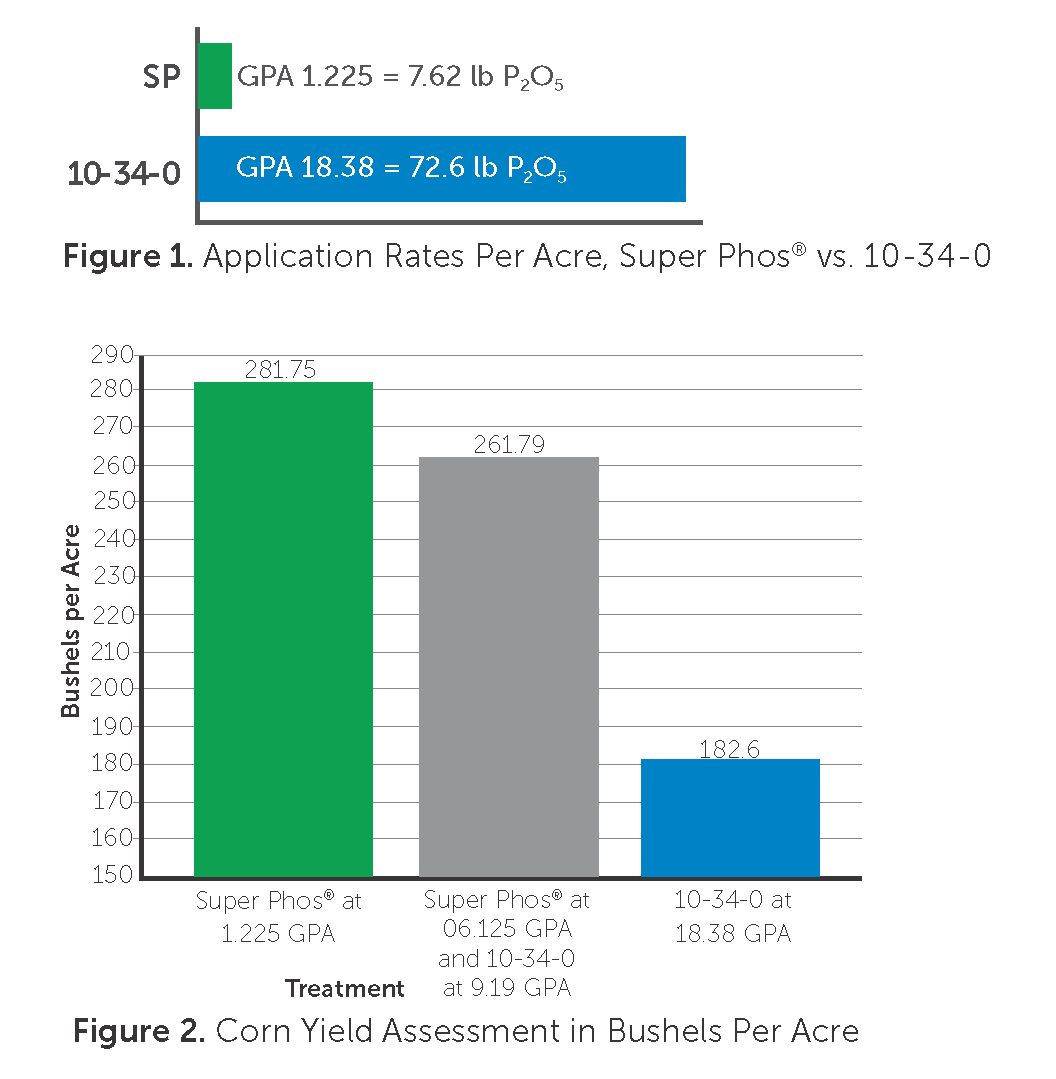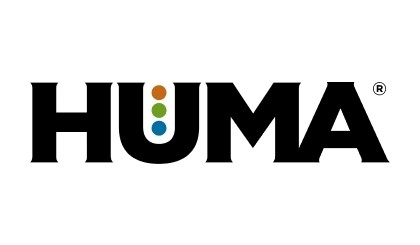
Huma Gro® Super Phos® at 1.225 GPA increased corn yield by 99.15 bu/ac in comparison with 10-34-0 at 18.38 GPA. This demonstrates Super Phos® to be 15 times more efficient than 10-34-0 at delivering phosphorus to corn and, at MSRP at the time of the trial, represented a 40% savings on fertilizer cost.
Achieving higher yield while using much less product (7.62 lb of P2O5 for Super Phos®, vs. 72.6 lb of P2O5 from the 10-34-0)has the added benefit of presenting much less opportunity for phosphorus soil-leaching and runoff into nearby water, thereby protecting the environment. It also facilitates sustainable agriculture through adherence to 4 R Nutrient Stewardship by applying the right source of plant nutrients at the right rate, at the right time, and in the right place.
To learn more about purchasing Huma Gro® products, please click here.
Related Posts

The Huma Gro Farmer Podcast: Episode 6—Biostimulants Regulation – Blog

California Rescues Orchards, But Leaves Vineyards Holding the Vine
By Nick Cardona Feast or famine. There doesn’t seem to be any in-between for many California growers. For the past 6 years, northern and central California have been experiencing severe drought conditions. The drought had become so extreme that the government began regulating the water available to farmers and growers throughout the state. These regulations

Nutrition-based Plant Growth Managers
Maximum Yield without Synthetic Hormones The HUMA GRO® plant growth managers are ideal for stimulating the plant to produce its own beneficial hormones naturally. This helps you deliver improved crop quality and yields, resulting in more uniform maturity and consistent size. The result is greater efficiency, productivity and profitability at harvest. Below are three featured

